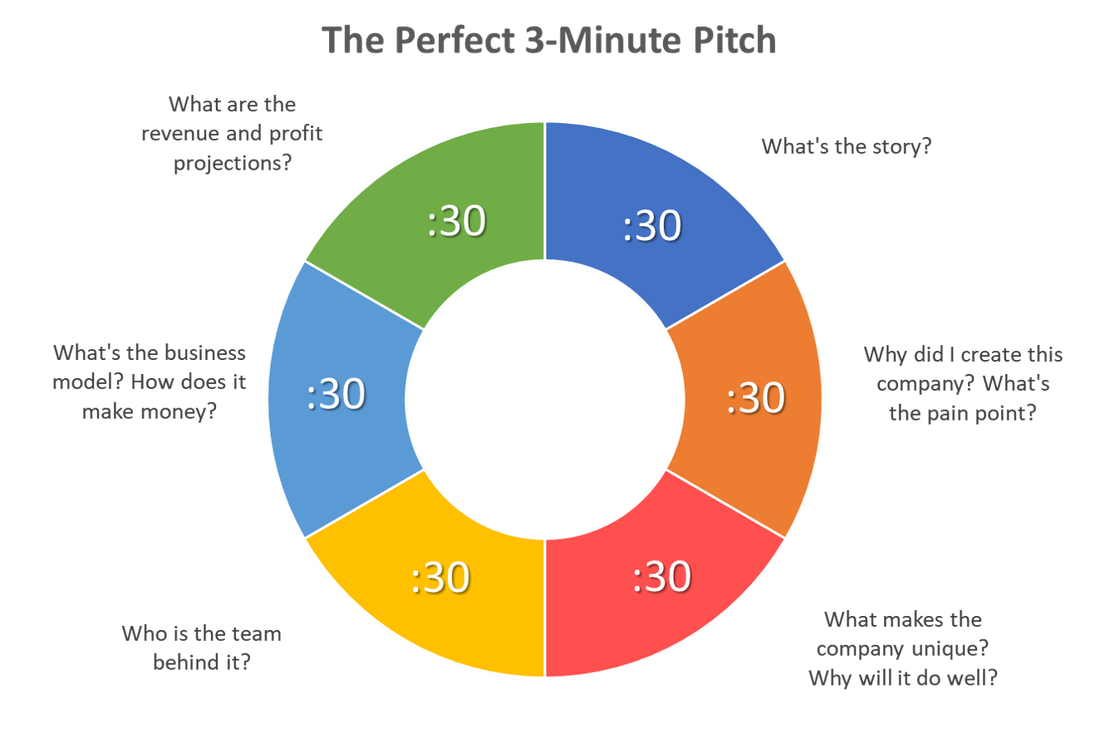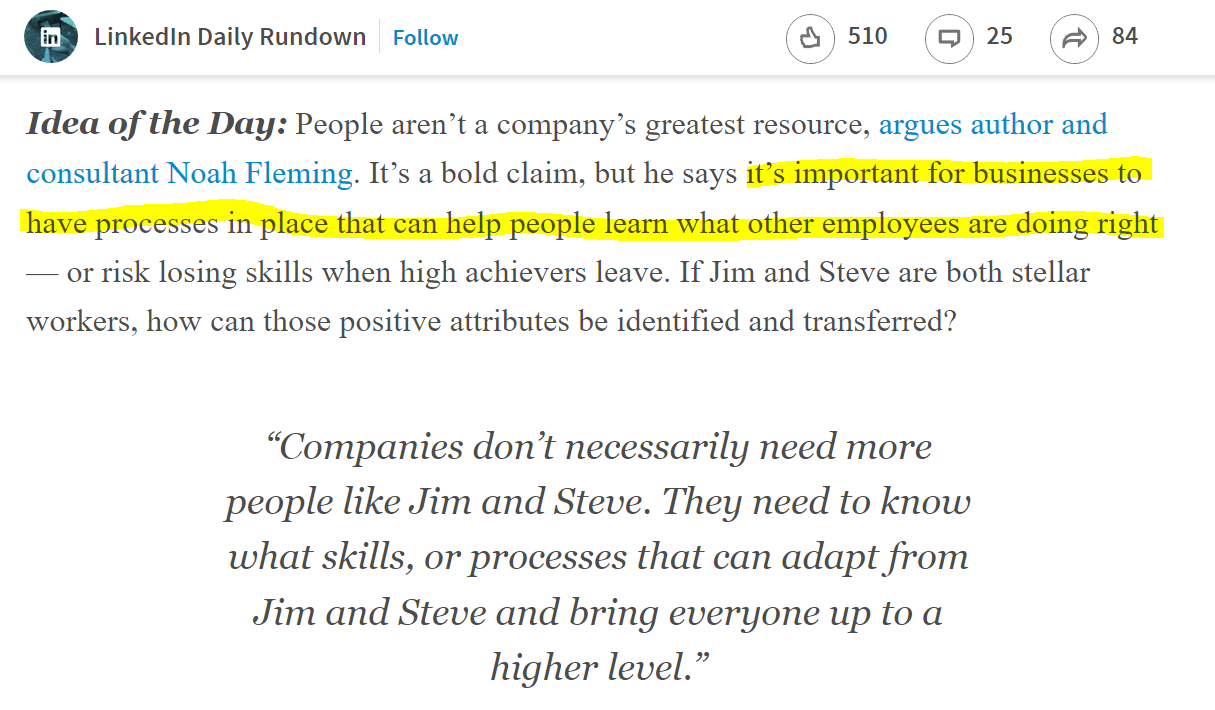When and how much should you expand your sales team?When your business grows to the point that you no longer can keep up with demand on your own, adding a sales team is both an exciting and anxiety-ridden step. The last thing you want is to put your precious customers into the hands of the wrong people, but if you can’t do justice to meeting their needs, the time is ripe. Here’s how to ensure those new team members are a dream come true and not a nightmare.
Iffective Marketing is committed to boosting your sales and optimizing your marketing efforts three ways: team with decades of expertise, big-agency media tools, total commitment to your success. Call 305-215-7229 to schedule a consultation. New Direction, New Name First thing’s first. Are you expanding in a whole new direction? If you’re a sole proprietor, LLC or corporation that is branching out, consider establishing a DBA (doing business as) name before you hire new staff. As Zenbusiness explains, a DBA, or doing business as, allows you to secure a new name for your business that is separate from the original one. This provides you with flexibility and the opportunity to enhance your branding — both big pluses as your business grows. A DBA would be important if you’re a sole proprietor who wants to protect personal information, or if you’re doing something very different and prefer that your new product or service has its own business name. For example, maybe you provide music lessons and want to open a store selling instruments, or you run a beauty salon and will be adding boutique clothing to your repertoire. Diversification is good for business, and if separation makes sense but you don’t want to open a whole different business, a DBA will fit the bill. And as Profitable Venture explains, your new DBA can also hire your sales staff. What’s the Magic Number? You’ve reached the conclusion that it’s time to hire sales staff, but how many salespeople do you actually need? If you need to operate conservatively, you will hire only as many sales representatives as you have sales to pay for them. The downside of this strategy is that you might lose sales in your effort to be careful. With secure finances and sufficient demand for what you’re selling, the sky’s the limit. The other side of your sales is production. Will you be able to make your product or service in sufficient quantities to meet sales? Repsly explains that stockouts or delays can be devastating to your business, reducing order accuracy and damaging customer relationships. You might even push your customers to your competitors and never see them again. Make sure that your products, suppliers, and other service providers are lined up properly to meet demand, and do some careful forecasting to make a reasonable prediction of sales before you add team members. Who Should You Hire? Certain personality types tend to be good salespeople, although you might be surprised to learn that both introverts and extroverts can be successful in the sales arena. Additionally, Channels notes people who enjoy learning, are optimistic, and appreciate growth tend to make good sales people. Be prepared to interview candidates thoughtfully with the goal of revealing how prospects cultivate customer relationships, use of tools, and problem solving capabilities. Maintain Motivation With your new people selected and ready to roll, how will you determine their goals and help them stay motivated? The same numbers you use to determine how many sales people you need will help you define their individual goals. When they do well, be sure to celebrate their achievements. Bear in mind that good vibes can make a big difference in the way your team operates. While some people can sell just about anything, your best salespeople will be those who believe in what you’re selling. Make sure they find meaning in the product or service they are promoting, and avoid setting up a competitive atmosphere. Instead, aim for a collaborative environment where each person is valued, and you’ll be set for success. Handing over the sales reins to new reps won’t be nearly as worrisome if you know you’ve hired a dream team. Think about what your new direction requires, make some calculations, choose top candidates, and give them ample reasons to feel good about what they are doing. With these wise strategies, you’ll be able to rest easy. Courtesy of Julie Morris - juliem@juliemorris.org
0 Comments
There are five things you need to do to succeed beyond your wildest imagination 1. Deliver on your product and your promise
2. Hire really good people 3. Know your metrics 4. Segment like crazy 5. Don't lie to yourself How to Crush Your Habits in the New Year with the Help of Science Let The New York Times help crush your 2019 New Year's resolutions. Make 2019 the year you actually do all the things you want to do. The NYT asked the experts and checked the journals for the most useful tips you can take to heart.
Want to read the rest of the article? (And, yes, you should). Click on the image below Marketers are clueless about media effectiveness This is a fantastic article. I just have two comments on it:
For your convenience, I saved the article as a PDF here or go to the article here
The Follower factory Every so often, I see an article that is so important, well-documented and well-written that it merits to be published in its entirety. This is one.
A ground-breaking article by The New York Times on what really goes on behind the scenes in the shady world of social media followers, influencers and "likes" The Perfect three-minute startup pitch Unbound Miami gave me the opportunity to watch about 50 startup pitches. Refresh Miami, the day before, featured 6.
All of these pitches had judges, and all the companies competed for some sort of reward, which made the experience fantastic. In general, I'd say 75% of the pitches were bad; 50% were really bad; 25% were horrible. This is what I think defined the outstanding, winning 3-minute pitches: 1. What is the story (:30) 2. Why did I create this company/what is the pain point it solves (:30) 3. What makes the company unique/why is it going to do well (:30) 4. Who is the team behind it (:30) 5. What is the business model/how does it make money (:30) 6. What are the revenues & profit projections & ask (:30) A Radical Low-Tech Proposal to Solve Miami’s Transit Problems Ask just about anyone in Miami-Dade what is our worst problem and the most likely answer you’ll get is “traffic”. Miami ranks at the bottom of any driving-related lists. Rush hours now extend three or four hours and it is considered normal to take 30 – 45 minutes to go 5 or 6 miles. In addition to the sheer number of cars, there are two other factors making our traffic even more traffic: there is no room to expand our roads and public transportation is a pathetic joke. Metrorail (or Metro-Fail as it is often called) is just a straight line from the west (Kendall) to the east (Downtown). But Miami-Dade itself is totally spread out. Combined Metrorail and Metromover ridership is around 2.3 million per month (of which 2.0 million are during weekdays). Assuming most people will ride back and forth and that 75% of them are the same people every day, this could be as little as 600,000 individual persons per month. Bus ridership is around 4.6 million per month. This is minute fraction of the around 9 – 10 million trips made per day in Miami Dade. (NTHS Data 2009 projected to 2017 population). So the data is grim: public transportation serves a small fraction of our transportation needs. To add insult to injury, the political establishment has not been able to come up with any solutions. Cliché solutions like trains are expensive (into the $2bn+) and take years to build. From a potential user perspective, there are five key priorities:
Proposal –three key factors: • Minibus fleet • Private/Public partnership • Technology used for route optimization The proposal: 1. Minibus Fleet. Have Miami-Dade County create a fleet of 14-passenger mini-buses, leasing them to individual owner-operators and sharing the revenues. The buses. Minibuses come in several configurations. These particular buses typically carry 14 passengers, weigh about 11,000 lbs and have a wheelbase of 158”, so that the total length equals that of one and a half cars. At around 8-10 mpg they consume pretty much what a Mercedes G63 Wagon does. But, at $55,000 - $60,000 these buses cost half as much as a Mercedes G Wagon. A fleet of minibuses also makes sense two other ways:
2. The Economics of a Public/Private Partnership Roughly speaking, our 2.2 million people take around 3.8 car trips per day for the 9-10 million calculations. (NTHS Data). No amount of buses, metro-rails and metromovers can even begin to impact that figure. However, a fleet of 7,000 minibuses would begin to duplicate the ridership capacity of Metrorail + Metromover. Moreover, if most of the car trips are relatively short and single-person, it is conceivable that 7,000 minibuses could remove 70,000 cars off our roads per day. A fleet of 7,000 minibuses would cost $385 million or, roughly, 20% of the cost of the equivalent Metrorail capacity. What would the economics of a public/private partnership look like? I propose that Miami-Dade buy the buses (through issuing bonds or securing the debt of the private citizen buying the bus) and then “sell” them to individual owners. In order to avoid an undue concentration of power and replicate the failed cab industry, one can visualize an arbitrary limit on individual ownership (10? 5?) and, in order to qualify owners the government could mandate that all owners/drivers pay for the driving lessons out of their own pockets. Is this affordable and attractive? My calculations show that yes, after about 180 passengers per day, minibus ownership is an attractive self-employment option: So it is realistic that an owner/driver make $1,500 per week, which is high compared to the Miami-Dade average yearly income of $58,000.
Miami-Dade would make money by selling advertising on the buses. 7,000 buses selling billboards on the side for as little as $350/month (for both) would generate $2.5 million per month, which would help pay for the bureaucracy and have money left over to pay drivers a performance bonus. Subcontracting the commercialization to a company such as ClearChannel could be done for 25% - 30% commission, which would still leave plenty of money per month. 3. Technology used for traffic optimization Finally, an app similar to Uber’s would measure demand and supply, making sure buses are driven to where they are needed most. This app could also measure the performance of each bus, making sure that buses receive proper maintenance, keeping track of MPG figures, driver license renewals, etc. Bottom line: A public/private partnership which would create thousands of jobs can be achieved by the country “buying” a large fleet of minibuses and “selling” them to individual owners. This fleet would be highly efficient in reacting to traffic needs and improve our traffic conditions measurably. Advertising works
The importance of process: TOE and your sales
Two guys walk into a bar  They see wall to wall beautiful women. Guy #1 sees this stunningly beautiful woman, sits in a miraculously-empty stool next to her and starts talking about himself. His cars, his penthouse overlooking the ocean, his great vacation in Bali, the little-known tailor he discovered in Savile Row who makes perfect suits… smiling, the woman says “excuse me, I need to use the ladies’ room”. And never comes back. Guy #2 sees this also-stunningly-beautiful woman, sits in another miraculously-empty stool near her and says, “Hi, I’m Peter, what’s your name?”. From that point, the conversation is all about her. What does she do? What would she like to do? What does she like? Dislike? What are her plans? An hour later, they are still talking. But now the conversation has taken a more personal bent: is she even aware of what a beautiful smile she has? How her eyes dance when she is smiling… you get the drift. Question. Who gets the woman? And yet, we have the same conversation every day. This medium “works”. That one “doesn’t”. This medium is “hot”. That one is “cold”. This one is “engaging”. This other one is “below the line”. That one is “above”. Let’s be cold and objective about it. Every medium works. I began my career on the creative side, switched to media, then to strategic planning and have been privileged to work everywhere: in the U.S., Latin America, Europe, Asia and Africa. Along the way I’ve learned more than a handful of lessons. The main one was: It’s the message. Let me give you two examples: The mosquito season is the most important thing in the world for insecticide manufacturers. Most people buy a can of insecticide the moment they see a surge in the number of mosquitoes. The second can is usually the same brand as the first one and most people buy only between 3 and 4 cans per year. So you can see the problem: miss the first can and you’ve shot 50% of your share of market down the tubes. Some years back S.C. Johnson told us that they would be late in Brazil with the launch of Raid Max. We created a radio “Testimonial” campaign –live reads—which asked women to “please hold off on buying your insecticide until we launch Raid Max”. Just that simple message read convincingly by a well-known DJ held back the buying of enough insecticide in the country to allow us to launch Raid Max properly and make our numbers. For the Plenitude (a L’Oreal brand) in Mexico, the French-originated campaign was lacking on two key aspects: the target definition was off (the international campaign targeted women 25+ in the upper and mid upper segments) and it was not resonating with the real buyer in Mexico. We first did the obvious thing: redefined the target to be women 18-34 in the mid-and-lower segments (a huge segment in Mexico) and then created advertorials based on the #1 reasons these women were giving us when buying Plenitude: “I don’t want to look like my mom at 30”. The advertorials were, of course adapted to each magazine. The result: #2 brand in the country in less than a year with 19.2% SOM So, lesson #1: It’s the message |
Details
Marcelo Salup✅ 40 years of expertise in all aspects of advertising: consumer insights, creative and media ✅ Extensive national and international experience Archives
September 2021
Categories
|
||||||||||
Services
✅ Project or Fractional CMO
✅ Product Launch ✅ Ad Agency services ✅ Training & Workshops ✅ Retail |
Company
Contact us: Iffective LLC
3191 Grand Avenue #330183 Coconut Grove, FL 33133 +1-305-215-7229 MSalup@IffectiveMarketing.com |
© COPYRIGHT 2022. ALL RIGHTS RESERVED.
All forms, documents and tools are the intellectual property of MS Group LLC & Iffective LLC Read our Privacy Policy here |









 RSS Feed
RSS Feed